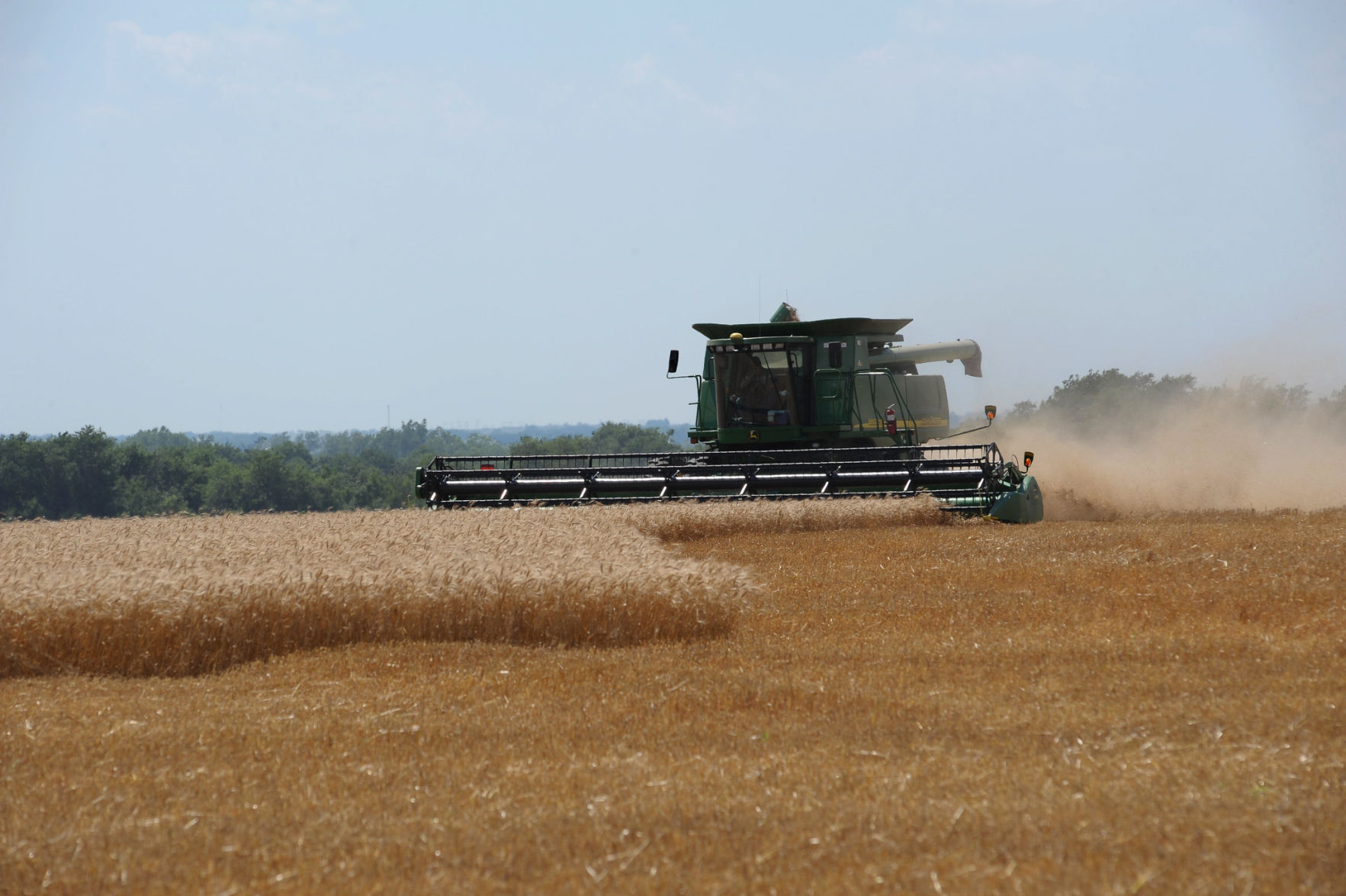Lawmakers are now on their August recess and holding listening sessions with their constituents during their annual break from Washington. In farm country, you’ll be hearing about how they plan to return in September and start writing a farm bill that they’d like to complete in 2023.

For a variety of reasons, it’s looking less likely that they’ll be able to meet their aggressive schedule. With just two months to go before some programs in the 2018 farm bill expire on Sept. 30, there’s not even a draft of the new legislation in sight. Plus, the first order of business will likely be trying to pass annual appropriations bills in the House, an effort they failed to complete before the recess because of a messy set of political fights.
The good news is that most of the major farm programs won’t expire this fall.
Crop insurance is permanently authorized; it’s unaffected regardless of whether Congress passes a new farm bill. Commodity program support is based on the crop year, not the fiscal year, so farmers will still get payments based on 2023 market prices regardless of when a new farm bill gets enacted.
The Supplemental Nutrition Assistance Program, which accounts for more than 80% of farm bill spending, is reauthorized each year through the appropriations process.
Four major conservation programs, including the Environmental Quality Incentives Program and the Conservation Reserve Program, are authorized through 2031 because of a change made by the Inflation Reduction Act, the 2021 law that provided $18 billion in new spending for those programs to address climate change.
There’s also no immediate impact on payments to landowners under CRP. While CRP wasn’t reauthorized by the IRA, USDA can continue making payments under existing contracts after Sept. 30. The same is true for the Market Access Program and Foreign Market Development program, which assist commodity groups in promoting export sales—the U.S. Department of Agriculture can continue dispensing funds under existing contracts.
Sept. 30 is a notable date for 19 relatively small programs, which unlike most other farm bill programs, have no funding baseline beyond Sept. 30. That means those programs wouldn’t have money to operate even if Congress were to pass an extension of the 2018 farm bill, unless the extension also included new money for those programs.
Together, those 19 programs had $876 million of mandatory spending authority under the 2018 farm bill, according to the Congressional Research Service. By comparison, when the 2014 farm bill expired in 2018, 39 programs that had received $2.8 billion in total funding were left without future baselines.
But 2024 presents a much different scenario, including the fact that presidential and congressional elections will be in full swing. That’s also when commodity programs would revert to requirements of a 1949 commodity support law, starting with dairy. USDA would be required to start buying dairy products to push farmgate prices for milk to levels far in excess of market prices.
But USDA wouldn’t necessarily have to act immediately to raise milk prices. President Barack Obama didn’t sign the 2014 farm bill until February of that year, even though the 2008 bill had lapsed and permanent law had been triggered on Jan. 1.
Even so, the threat of that “dairy cliff” served as an incentive for negotiators to work out an agreement.
That’s when several congressional sources say it might make more sense to pass an extension or series of extensions of the current farm bill.
In fact, passing new law by early 2024 would be a rare legislative feat by ag committee leaders. According to an Agri-Pulse analysis of the last four farm bills, the average farm bill process took a little more than 18 months. Even if Congress were to match the shortest timeline of the last four farm bills—the 252-day process of the 2018 reauthorization—that would push President Joe Biden’s signature into early April.
Some congressional aides are eyeing March 15 as a key deadline. That’s when farmers are supposed to decide between the two main commodity programs, Agriculture Risk Coverage and Price Loss Coverage, for their 2024 crops.
House Agriculture Committee Chairman Glenn “GT” Thompson, R-PA, said he still hopes to bring up a new farm bill in September, while acknowledging there is a “lot of competition” for floor time.
Senate Ag Chairwoman Debbie Stabenow, D-MI, said she still is working to get a new bill enacted before 2024. “We’ll report it out (and) take it up sometime this fall in the Senate,” she said. “We really need to get it done by the end of the year.”
Editor’s note: Sara Wyant is publisher of Agri-Pulse Communications, Inc., www.Agri-Pulse.com

